Progress Meeting no. 3
|
Progress Meeting no. 3 took place at LAM (Marseille) in december 2023 | ||
Progress Meeting no. 2
|
Progress Meeting no. 2 took place at ESO (Garching) in september 2023 | ||
ESO green light to enter into phase B
|
| ||
Mosaic enters phase B1
|
We are proud to announce that the ELT-MOSAIC project enters phase B1.This phase will be crucial for the consolidation of the instrument architecture and the availability of the planned resources, and is planned to last for 18 months, until its final specifications and architecture review (SAR). It is an important step for this ELT project conducted by an international consortium including 22 institutional partners located in 13 countries, led by the CNRS. The list of parties includes: University of Vienna (Austria), Universidade de Sao Paulo and LNA (Brazil), Universities of Helsinki and Turku (Finland), LAM, GEPI, IRAP, and OCA (France), AIP and Heidelberg University (Germany), INAF (Italy), NOVA (Netherlands), F. Ciencias and CAUP (Portugal), University of Madrid and IAA (Spain), Universities of Lund, Stockholm and Uppsala (Sweden), University of Geneva and EPFL (Switzerland), STFC/ATC, Durham University and Oxford RAL (UK), and University of Michigan (USA). More than 350 scientists and engineers participate into this effort. The MOSAIC Kick Off that took place in Paris on march 14th and 15th focused mainly on management organisation, and on internal engineering and scientific presentations. We would like to thank everyone involved in the project for this milestone achievement ! | ||
First light galaxies and the reionization of the Universe
|
| ||
Read more: First light galaxies and the reionization of the Universe
Phase B1 Kick-Off Meeting 14-15/03 in Paris
|
This meeting starts the Phase B1 of the ELT-MOSAIC project, that will last for 18 months and will go until the Specifications and Architecture Review (SAR). This phase is intended to consolidate the architecture of the instrument and the availability of the resources, an important step for this ELT project conducted by an international consortium including 22 institutional partners located in 13 countries, led by the CNRS. The list of parties includes: University of Vienna (Austria), Universidade de Sao Paulo and LNA (Brazil), Universities of Helsinki and Turku (Finland), LAM, GEPI and IRAP (France), AIP and Heidelberg University (Germany), INAF (Italy), NOVA (Netherlands), F. Ciencias and CAUP (Portugal), University of Madrid and IAA (Spain), Universities of Lund, Stockholm and Uppsala (Sweden), University of Geneva and EPFL (Switzerland), STFC/ATC, Durham University and Oxford RAL (UK), and University of Michigan (USA). More than 350 scientists and engineers participate into this effort. | ||
Register to MOSAIC !
|
| ||
Best wishes for 2023 !
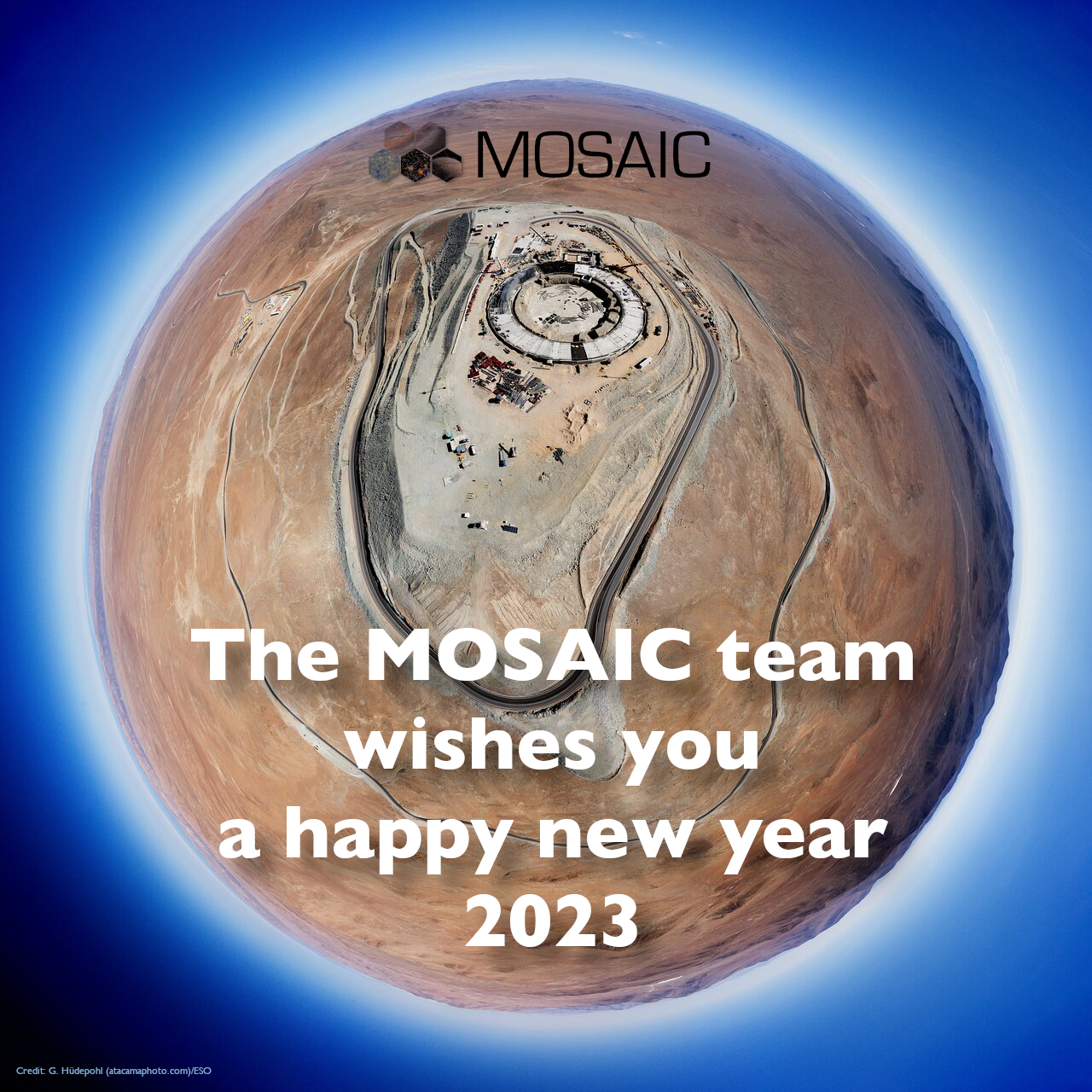
The MOSAIC Consortium wishes a wonderful new year 2023 to all of You.
MOSAIC http://www.mosaic-elt.eu, entering phase B in 2023.
Resolved stellar populations
in and beyond the Local Group
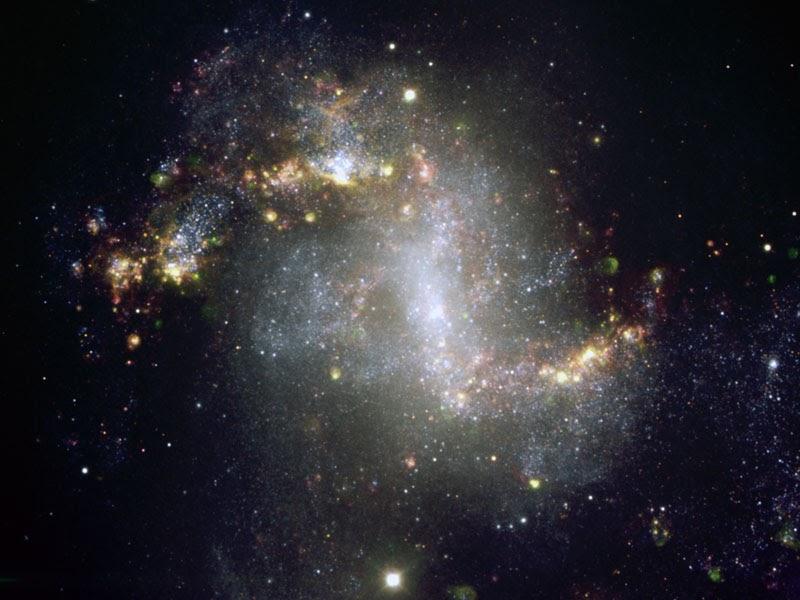 Observations of resolved stellar populations with MOSAIC will enable us to trace and explore the star-formation and chemical-enrichment histories of large samples of galaxies. With current facilities, detailed spectroscopic observations of individual stars are limited to the Milky Way and its nearest neighbours, but reaching beyond the Local Group is essential in order to advance our understanding of how galaxies form and evolve under very different environmental conditions. MOSAIC will allow us, for the first time, to move to a broader range of galaxies in the Local Volume, from the edge of the Local Group out to Mpc distances, and to reach the faintest populations within the Milky Way. Observations of resolved stellar populations with MOSAIC will enable us to trace and explore the star-formation and chemical-enrichment histories of large samples of galaxies. With current facilities, detailed spectroscopic observations of individual stars are limited to the Milky Way and its nearest neighbours, but reaching beyond the Local Group is essential in order to advance our understanding of how galaxies form and evolve under very different environmental conditions. MOSAIC will allow us, for the first time, to move to a broader range of galaxies in the Local Volume, from the edge of the Local Group out to Mpc distances, and to reach the faintest populations within the Milky Way. | ||


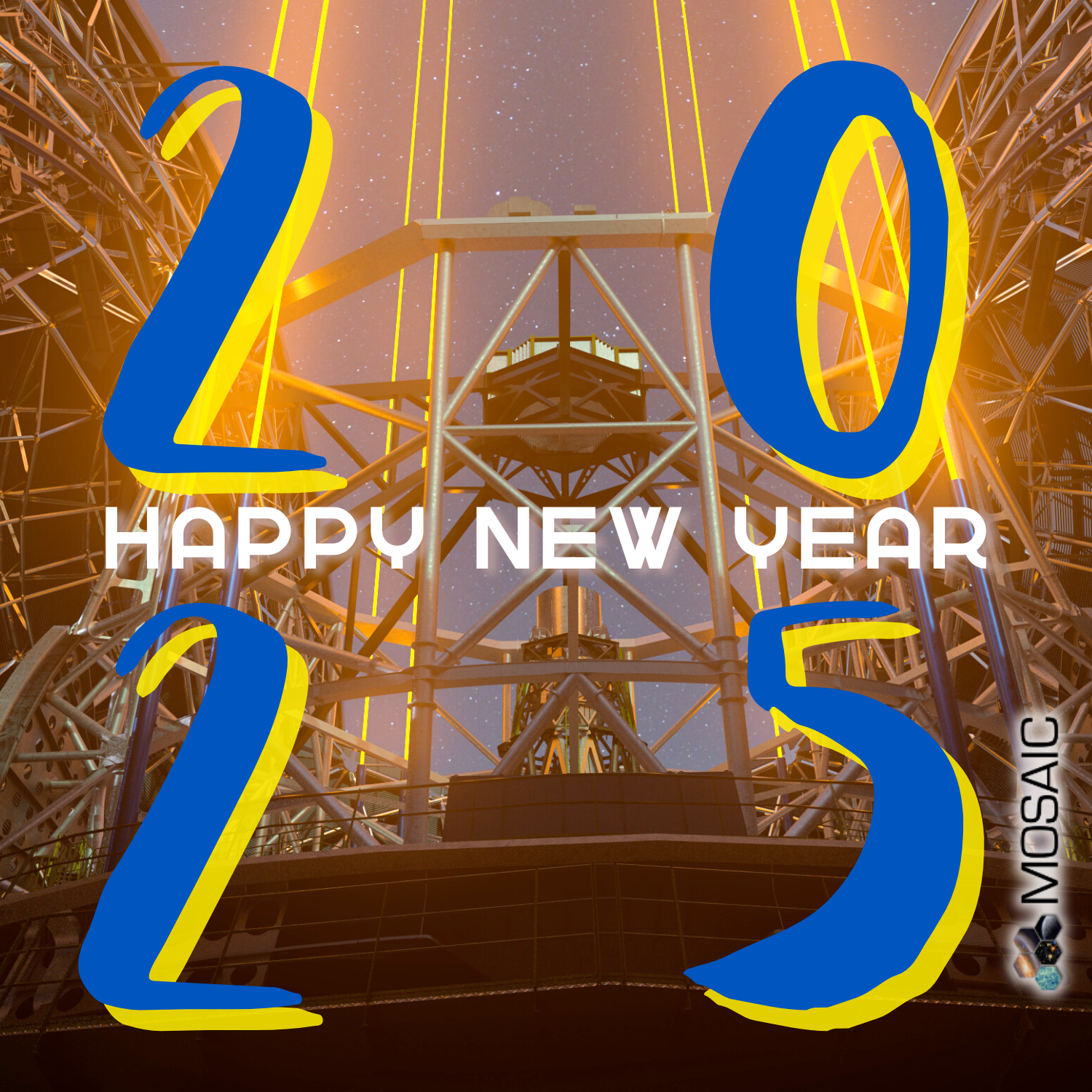
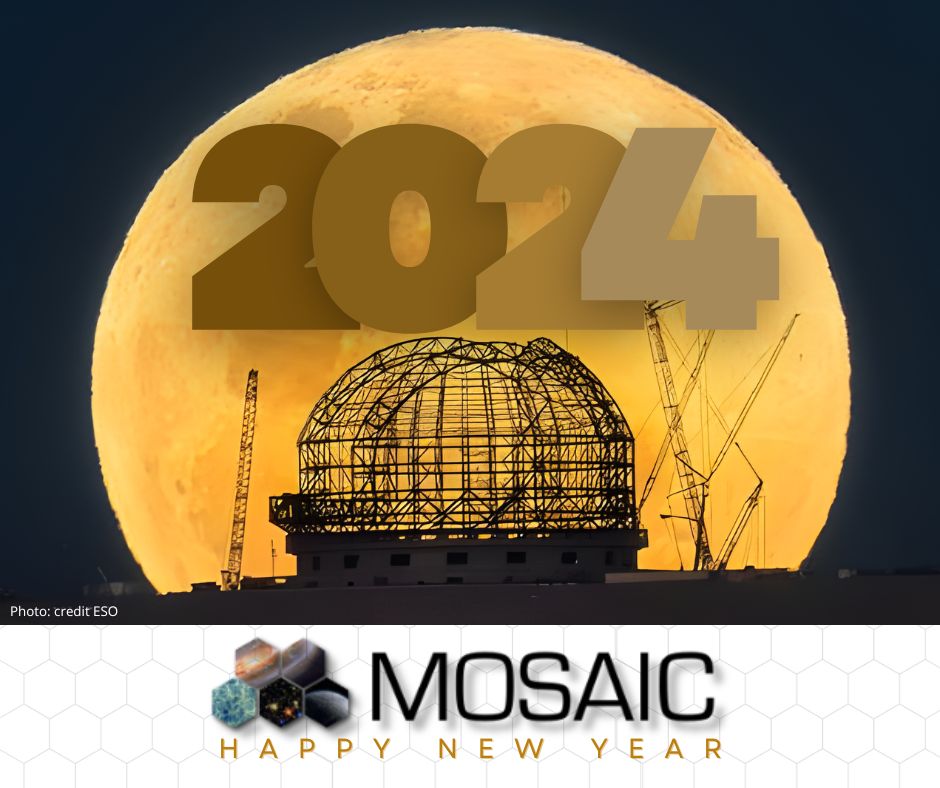
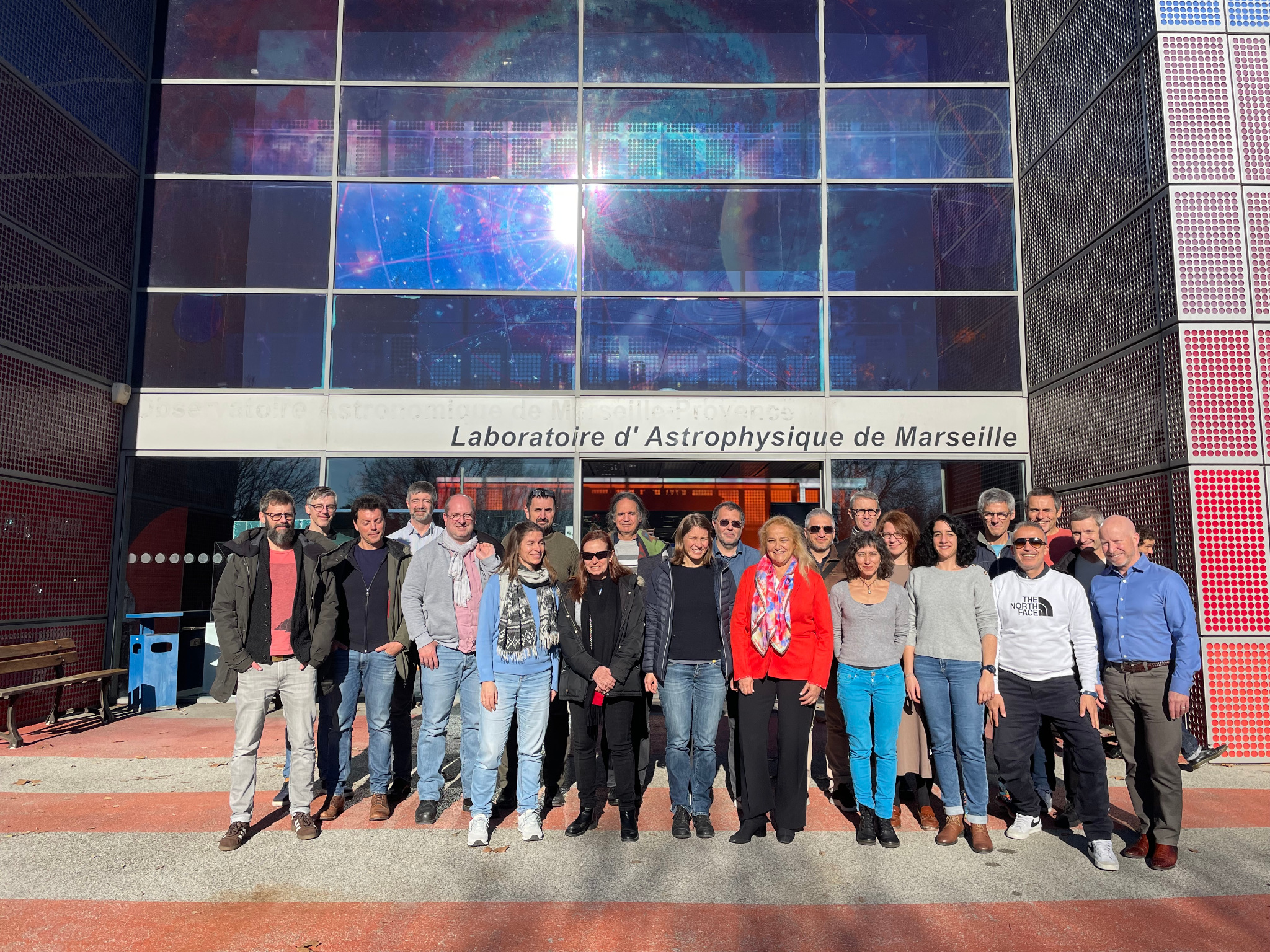
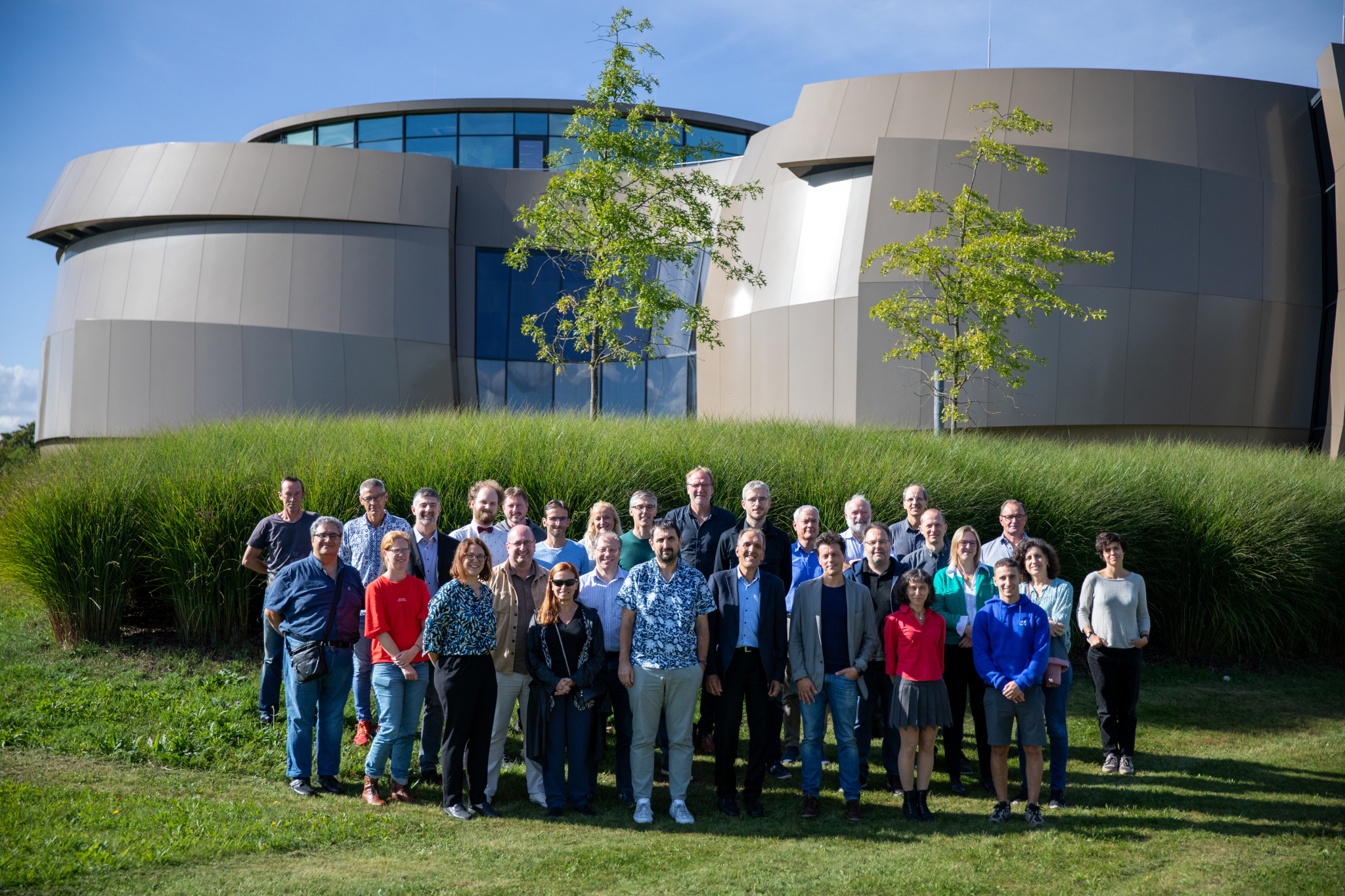
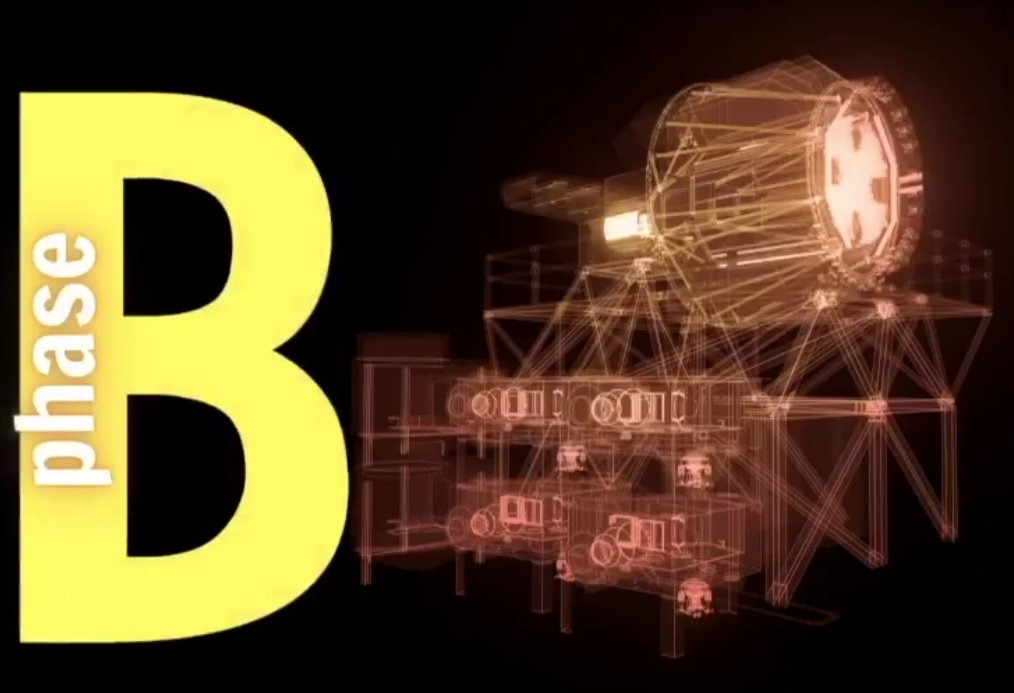 After Phase A and during the pre-Phase B, the MOSAIC design concept has been consolidated, following collaborative work between the Consortium and ESO. The ESO Council approved on Tuesday Dec. 7th the proposed MOSAIC Construction Agreement which will be signed between the CNRS and ESO in March 2022. Phase B will officially start with the MOSAIC kickoff in June next year. Still, since the project is ready to move forward, an internal kickoff in February will set the real start of the Preliminary Design and Technology Completion phase.
After Phase A and during the pre-Phase B, the MOSAIC design concept has been consolidated, following collaborative work between the Consortium and ESO. The ESO Council approved on Tuesday Dec. 7th the proposed MOSAIC Construction Agreement which will be signed between the CNRS and ESO in March 2022. Phase B will officially start with the MOSAIC kickoff in June next year. Still, since the project is ready to move forward, an internal kickoff in February will set the real start of the Preliminary Design and Technology Completion phase.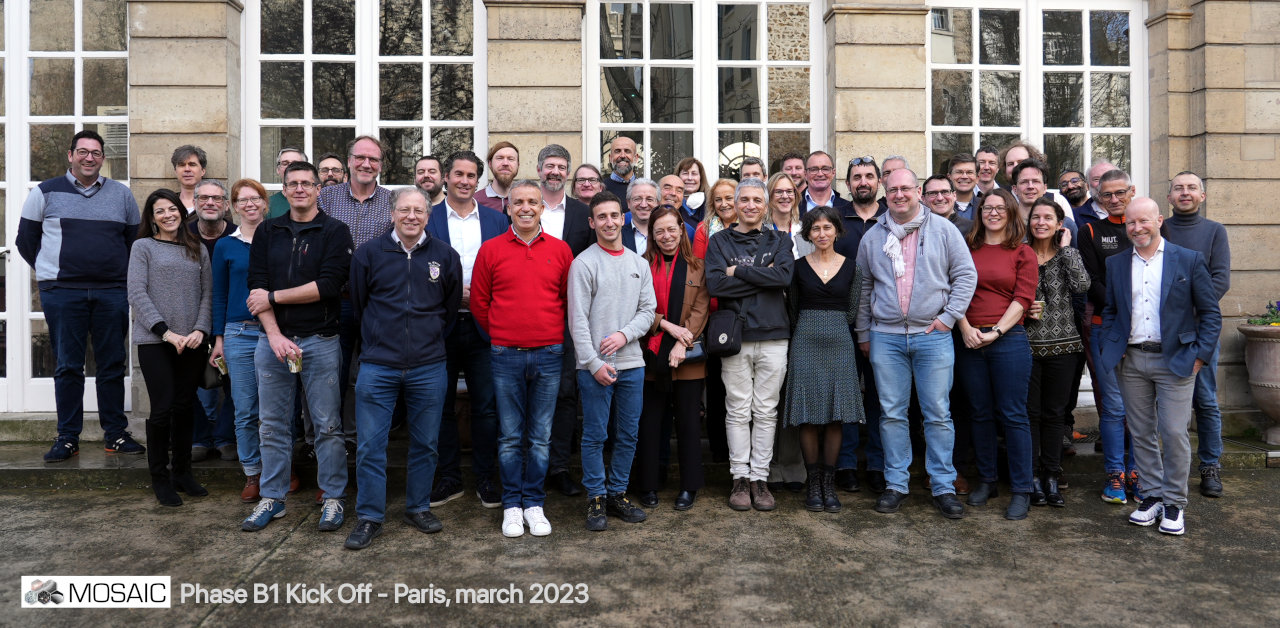
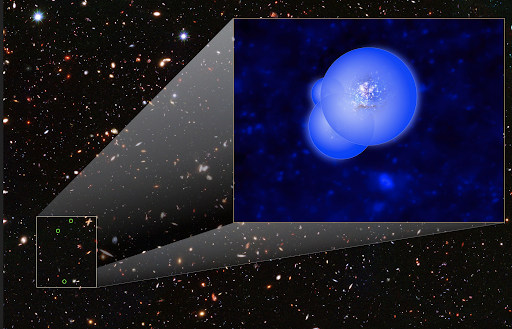
 The MOSAIC collaboration is pleased to announce the Phase B1 Kick-off Meeting, which will take place in Paris on March 14th-15th. The management meeting will take place in the afternoon of the 14/03, with the presence of ESO representatives. The 15/03 will be dedicated to our internal technical and scientific meetings, including splinters. The meeting will take place in hybrid mode, both for the plenary sessions and splinters. The Agenda can be found
The MOSAIC collaboration is pleased to announce the Phase B1 Kick-off Meeting, which will take place in Paris on March 14th-15th. The management meeting will take place in the afternoon of the 14/03, with the presence of ESO representatives. The 15/03 will be dedicated to our internal technical and scientific meetings, including splinters. The meeting will take place in hybrid mode, both for the plenary sessions and splinters. The Agenda can be found  Registering to the MOSAIC community will keep you updated to with everything related to MOSAIC. Being registered will allow us to take you into account in our science programs and news. You will receive invitations to workshops and symposia. It will take you less than 5 minutes !
Registering to the MOSAIC community will keep you updated to with everything related to MOSAIC. Being registered will allow us to take you into account in our science programs and news. You will receive invitations to workshops and symposia. It will take you less than 5 minutes !